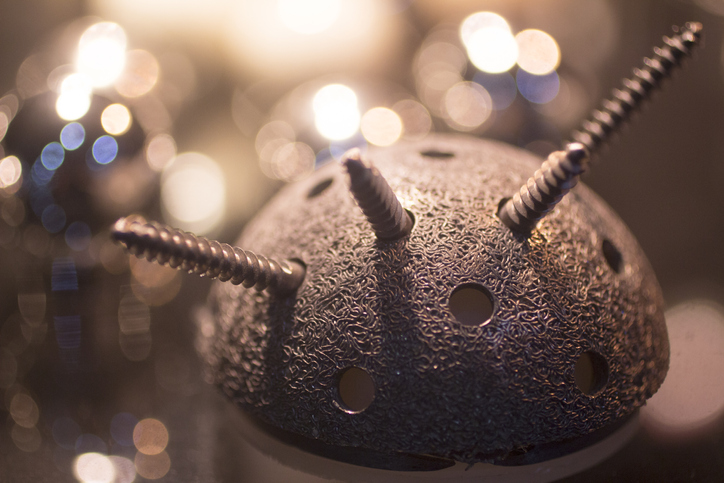Do I have to do chemical characterization?
Is it appropriate to perform extractables testing and chemical risk assessment on metallic components?
As such evaluations are most commonly associated with polymeric constructs, it may seem strange to evaluate a solid metallic component in this way.
ISO & FDA Medical Device Guidance
For clarity on this issue, we turn to ISO 10993-1:2018 and the FDA 2016 guidance on biocompatibility assessment. These documents emphasize that the first step in assessing a device’s biocompatibility is in compiling a detailed understanding of the physical/chemical properties and chemical composition of the device. Only once this information is in hand can an evaluation and risk assessment be performed with regard to toxicological endpoints such as carcinogenicity, genotoxicity, etc.
Base Alloy vs. Surface Residue
For a metallic device, the question of chemical composition may seem straightforward: is it simply the alloy the device is machined or otherwise manufactured from? Unfortunately, considering only the base alloy does not take into account the processing aids which are used in the manufacture of the device and which may be left behind as residues on the surface of the part. These may include polishing compounds, lubricants, machine oils, cleaning agents, or adhesive residue from tape used to ‘mask off’ regions of the device. Inorganic residues (particulates, ions, elemental impurities, etc) that may be released should also be considered separately from the base material. An additional factor to consider is if the component has highly porous regions (e.g. to facilitate osseointegration) which may make the device more difficult to clean and in which manufacturing residues may linger.
Chemical Risk Assessment or Cleanline Validation?
In some regards, extractables and chemical risk assessment on metallic components blurs the line with the scope of work performed as part of a cleanliness assessment or clean-line validation – the workflows are in many ways similar and involve extracting the device in solvents of varied polarity and analysis of resultant extracts using techniques such as GC-MS, LC-MS, and ICP-MS. The results of this testing are a list of the identified organic and inorganic extractables which may then be inputs into a toxicological risk assessment. Often this process–other than being a key starting point of the ISO 10993-1 biocompatibility assessment– may mitigate the need for more extensive (and expensive!) animal testing.

